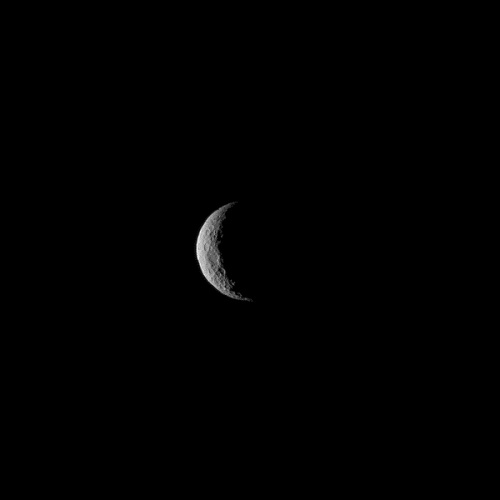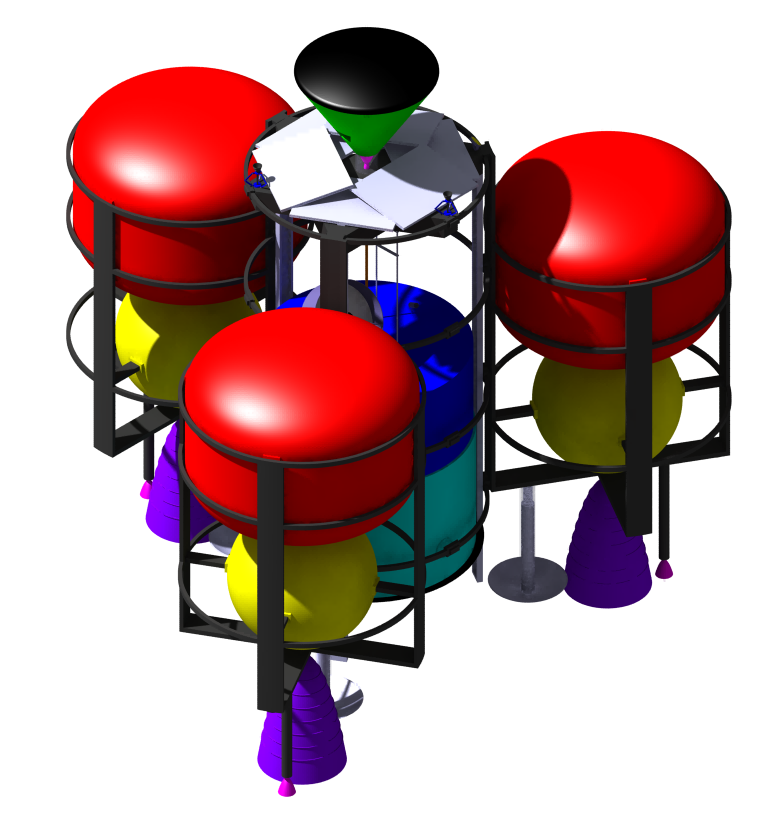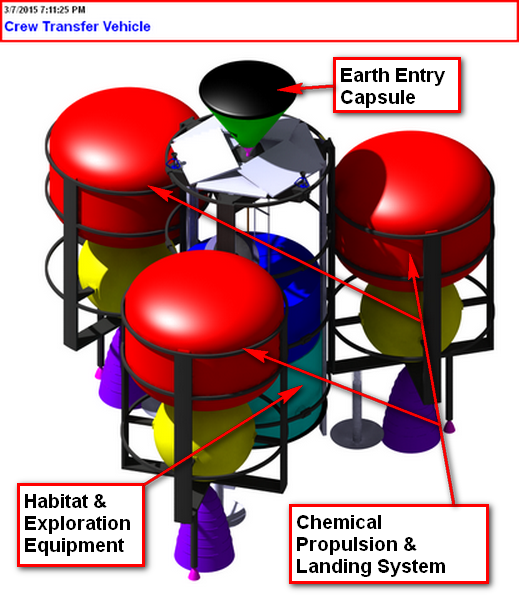Ceres is in the news, thanks to the marvellous “Dawn” mission, which has seen a plucky little solar-powered ion-drive achieve orbit around two heavenly bodies on one tank of propellant. However the low power-to-mass ratio of the ion-drive means a multi-year journey, which is punishing for human crew and would-be colonists. A more reasonable design was proposed by James Longuski and his team at Purdue:
Abstract
A low-thrust trajectory design study is performed for a mission to send humans to Ceres and back. The flight times are constrained to 270 days for each leg, and a grid search is performed over propulsion system power, ranging from 6 to 14 MW, and departure V?V?, ranging from 0 to 3 km/s. A propulsion system specific mass of 5 kg/kW is assumed. Each mission delivers a 75 Mg payload to Ceres, not including propulsion system mass. An elliptical spiral method for transferring from low Earth orbit to an interplanetary trajectory is described and used for the mission design. A mission with a power of 11.7 MW and departure V?V? of 3 km/s is found to offer a minimum initial mass in low Earth orbit of 289 Mg. A preliminary supply mission delivering 80 Mg of supplies to Ceres is also designed with an initial mass in low Earth orbit of 127 Mg. Based on these results, it appears that a human mission to Ceres is not significantly more difficult than current plans to send humans to Mars.
I believe the basis for the above paper is the 2011 Student Project Vision here:
…which has this rather elaborate Crew Transfer Vehicle doing the heavy-lifting of carrying a crew to Ceres:
…which requires a bit of explanation:
Getting to Ceres is not easy. The major delta-vee budget is due to the plane change (Ceres is inclined to the ecliptic by 10.6 degrees) and the lack of high energy capture orbits, aerocapture or aerobraking at such a small object. Yet it’s not much more difficult than getting to Mars in some respects – if you include the landing delta-vee budget. The major enticement is the chance of abundant water ice and, perhaps, some sort of easy access to liquid water from cryovolcanic vents. “Dawn” has given us the mysterious White Spot, which is at least a kilometre above the crater floor it is in the middle of. Could it be a protusion of the water ice from below the asphalt black crust? Or something more exotic – an icy fumerole? There’s water vapour around Ceres, which hopefully “Dawn” will study in more detail.
The real crying need for such missions is multi-megawatt space-power supplies. Until that’s developed, such missions will remain paper studies.



